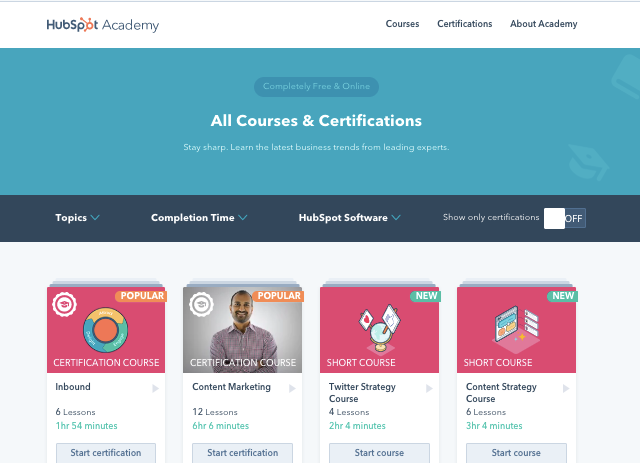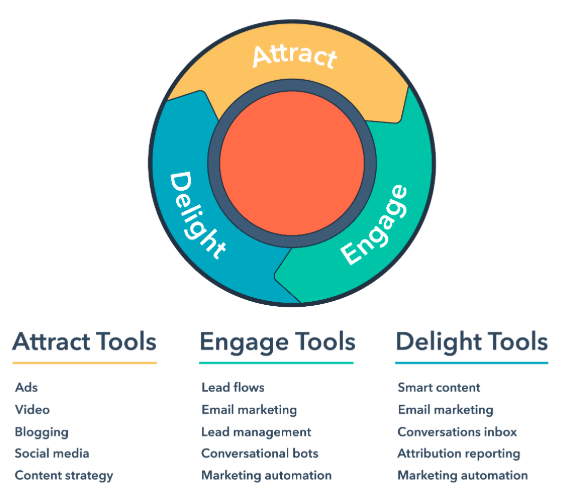It’s the million-dollar marketing question: What motivates your buyers? That’s where human psychology can help savvy sales and marketing professionals.

A little knowledge about human behavior can make a big difference when it comes to connecting with your customers on social media.
So What Does Motivate People?
In 1948, American psychologist Abraham Maslow introduced what he called a “hierarchy of needs.” This pyramid categorized the most basic human requirements in order of importance.
In the very center of this pyramid is the most important motivation when it comes to social media marketing: Love and belonging.

The two needs below this level of the pyramid are base needs. The two needs above this level are needs that result from a desire for love and belonging.
Essentially, what it boils down to is that we depend on social connection. This need explains, to some extent, why social networks themselves are so popular and why it’s so difficult for new platforms to thrive. For example, now mostly defunct or barely known social sites Peach, Ello, app.net, and Imzy all suffered from the “but my friends aren’t here” phenomenon. Early adopters eventually left when their friends didn’t join. Social networks don’t just happen. They happen most often through other people. It’s easier to friend someone if they’re already connected to someone you trust.
Belonging as a Core Social Media Driver
Most of us received our first lesson in marketing on the playground when we were in grade school, hoping to be picked for the team with the popular kids. We all know that feeling — wanting to be part of a group. Wanting to belong. No one wants to be the last kid picked for the team.
![]() Photo: rawpixel.com, Unsplash
Photo: rawpixel.com, Unsplash
Fast forward to today and the world of social media. When I worked at Keurig, it was common for customers to be excited if the brand followed them back on Twitter. And I, for one, have to admit that there’s a special thrill when a celebrity, a brand, or someone I admire follows me on Twitter, because I’ve been invited into their circle (whether or not they look at my tweets is irrelevant). There’s a feeling that I’ve been accepted. Raise your hand … I bet you’ve felt that too.
Essentially, social media takes the desire to belong to a whole new level.
A desire to belong drives individuals to:
- Post a photo of a fun event so family and friends can connect and comment
- Engage in social sharing of information and content across networks — a desire to be seen as knowledgeable, helpful, or cool
- Join a network such as Inbound.org to talk to likeminded individuals
- Make purchases based on high ratings: “If they like that product, I might like it, too.”
- Become a member of a club — for special deals, for exclusive access to events, to test a product or provide feedback.
The Power of Belonging: The Underpinning of Social Strategy
Belonging is a powerful motivator and call-to-action. Customers who feel they belong are more likely to stay longer, spend more money, recommend you to family and friends, and overlook an occasional service hiccup (one mistake isn’t the end of the relationship).
To tap into this customer behavior, consider the following when developing your social campaigns:
- How will the content you’re creating make your customer feel? Will it give them a sense of comfort, nostalgia, happiness, affection, or hope? These are all emotions that tie back to a person’s sense of belonging.
- Are you inviting your customer into the fold, onto the team, or to be part of an exclusive circle?
- Are you listening to your customers and responding in a way that makes them feel important or special?
There are many companies that have figured this out. Buying an Apple product has long enabled customers to feel as though they’re joining an important, elite group. Coca-Cola’s ads are all about nostalgia and togetherness.
Last month on the HubSpot blog there was a post that highlighted brands showcasing the great content of their customers. Every single one of those campaigns is a perfect example of companies that understand the power of making their customers feel like they’re loved and that they belong.
Another company using the sense of belonging to take seemingly dull topics and make them interesting is GE. In this video, they show us how a train lover became a train maker. He belongs, he has a tribe, and we feel happy that he found his calling, growing our affinity for the brand.
Unfortunately, it’s all too easy to fall into the trap of telling your customers they don't belong by simply ignoring them. I've experienced this first hand. When I was in Italy a year ago, I had a disappointing experience with my phone carrier. I knew I was likely to burn through my extremely limited international data plan quickly. For some reason, my app was not showing accurate data usage. What was even more frustrating was when I called the carrier to rectify the situation, I was told it was a strange glitch and that I would have to call and have them manually look it up for me every time I wanted to know how much data I’d used. I tweeted my frustration and asked my followers about an alternative cost-effective plan with unlimited international minutes. My carrier never bothered to respond. But their biggest competitor did, within five minutes of my tweet, offering me not just information but a special deal to switch. And so I went with the company that made me feel I belonged instead of the one I had been with for 20 years. Belonging trumped even the hassle of making the switch.
Social media has propelled us into the world of community in a hyper-focused way. As a result, our thinking is changing. The idea of belonging is more important to us as humans, perhaps more so now than it ever has been. It’s time to ask yourself, how can you make your customers feel like they belong — that you’ve chosen them for your team?
Social Media

.webp)





![Become a Content Marketing Expert This Year [Course + Workbook]](https://blog.hubspot.com/hubfs/content-marketing-certification-course-image.jpeg)


.jpg)